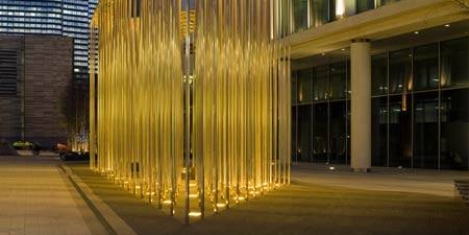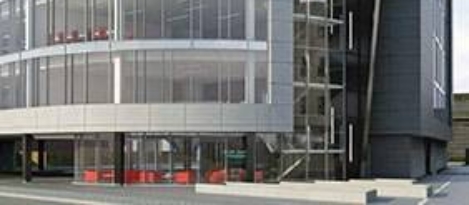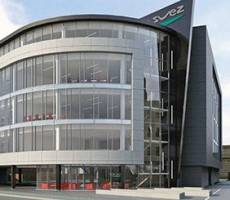April 29, 2015
First BREEAM standard for refurbishment and fit-out awarded to Bristol office 0
 An office at Bristol’s Aztec West Business Park has become the first building to be certificated under the new BREEAM UK Refurbishment and Fit-Out standard. Legal & General Property’s building at 740 Waterside Drive has been awarded design stage ‘Very Good’ ratings against Parts 2 and 3 of the scheme for the refurbishment and fit-out of its core and local services. The £5 million, 51,000 square feet project took 30 weeks to complete and includes an extensive range of refurbishments and improvements. These include fully replacing the mechanical and electrical systems, installing photovoltaic panels on the roof, enhancing the airtightness of the building and improving its EPC rating to achieve an EPC A. BREEAM UK Refurbishment & Fit-Out 2014 has been developed to assess a wide range of project types.
An office at Bristol’s Aztec West Business Park has become the first building to be certificated under the new BREEAM UK Refurbishment and Fit-Out standard. Legal & General Property’s building at 740 Waterside Drive has been awarded design stage ‘Very Good’ ratings against Parts 2 and 3 of the scheme for the refurbishment and fit-out of its core and local services. The £5 million, 51,000 square feet project took 30 weeks to complete and includes an extensive range of refurbishments and improvements. These include fully replacing the mechanical and electrical systems, installing photovoltaic panels on the roof, enhancing the airtightness of the building and improving its EPC rating to achieve an EPC A. BREEAM UK Refurbishment & Fit-Out 2014 has been developed to assess a wide range of project types.
































April 23, 2015
How local approaches to ergonomics redefine worldwide standards
by Mark Eltringham • Comment, Facilities management, Furniture, Workplace design
(more…)